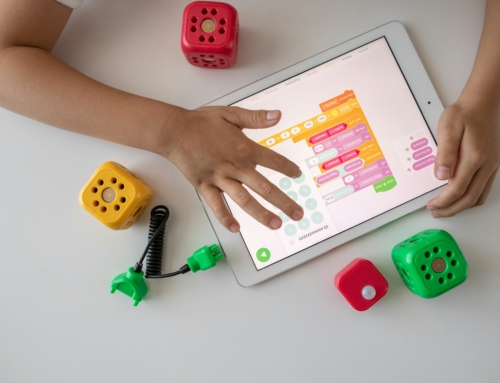At Happy Journeys, we understand that we are creating and providing your child’s home from home and it needs to be many things – a place of comfort and play but also a place of learning. It must aid their early learning and development.
Why a Positive Learning Environment is so Important
A learning environment that is not accessible or beneficial for a group of children is one that prevents one or more from learning adequately. In the early years, children become frustrated without always having the communication skills to express it, which can result in children becoming disengaged or demonstrate troublesome or disruptive behaviour. With years of experience in the field, this is how best to create a positive learning environment for little ones.
Physical Necessities
In any pre-school or nursery, there will be physical requirements to consider. Is the room and furniture easy to navigate and purposeful? Are there any safety hazards which need to be dealt with? Are there enough resources? Can every child see the book or demonstrations that you might be reading or discussing? Accessibility is key so make sure you make the appropriate high traffic areas safe and spacious enough to accommodate everyone.
Good Socialisation
There is not only a lot to be learned from each other, but it is also important that every child feels comfortable among their peers so they can ask and answer questions and try things freely. A well-designed learning environment will prioritise and foster peer interactions and relationships. Keep group sizes relevant to how many staff are on hand and change up groups of children regularly to increase the number of possible friendships. It is also recommended to have a high quota of toys and games which promote interaction and teamwork.
Balanced Schedule
Balance is key in creating a positive learning environment. Factor in adequate time blocks for socialising, eating, resting, playing outdoors, learning and investing in quiet personal play. Maintaining a schedule which encompasses all of these will create security and routine whilst the change of activities throughout the day maintains engagement from the children. It is a good idea to have a visual schedule which the children can consult and understand as well as a visual expression of the rules and expectations to better support the children’s social and emotional wellbeing.
Have Realistic Expectations
The learning environment that works well for a particular age group might not work best for all age groups so don’t set yourself up for failure. Keep some activities short and sweet to ensure children do not lose attention or become frustrated and have an outlet for children’s emotions. Particularly in the early years, it is important to encourage children to express their emotions with their words and/or gestures. You can find many helpful ideas and print outs online for this very purpose. Putting such things in place ensures that children and staff understand each other better and that there is always a way for a child to raise concerns or ask for help.
A learning environment that encompasses these things will provide warmth, security, nurture and a positive place for children to learn and develop physical, psychological, social and cognitive skills. Find out how we specifically develop these areas of learning here.





